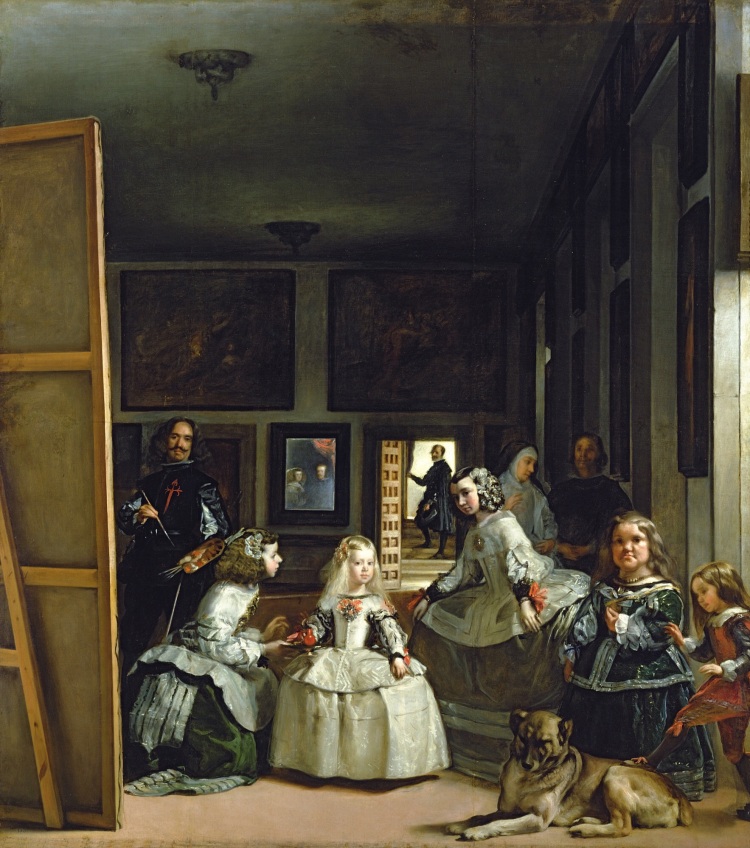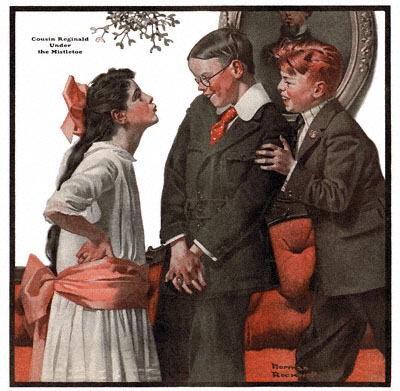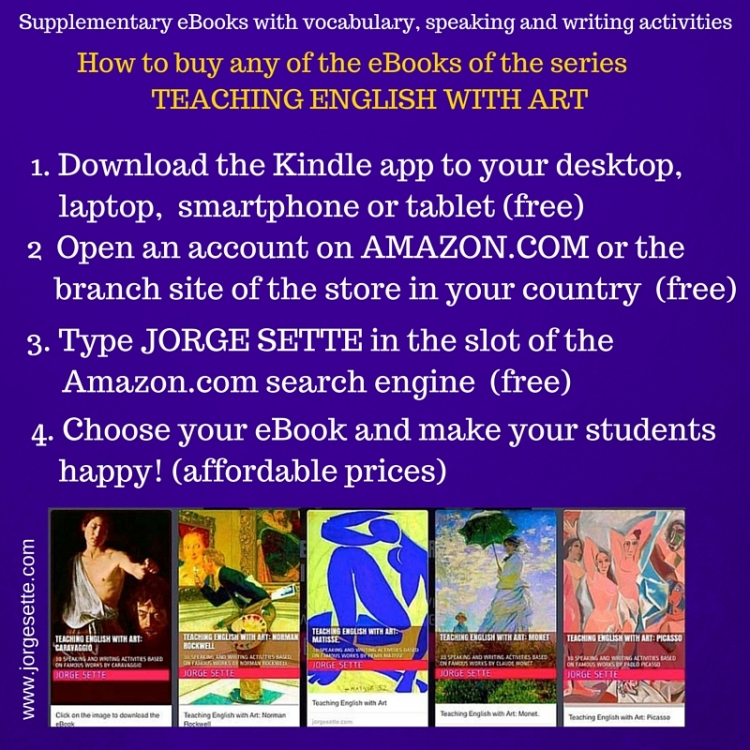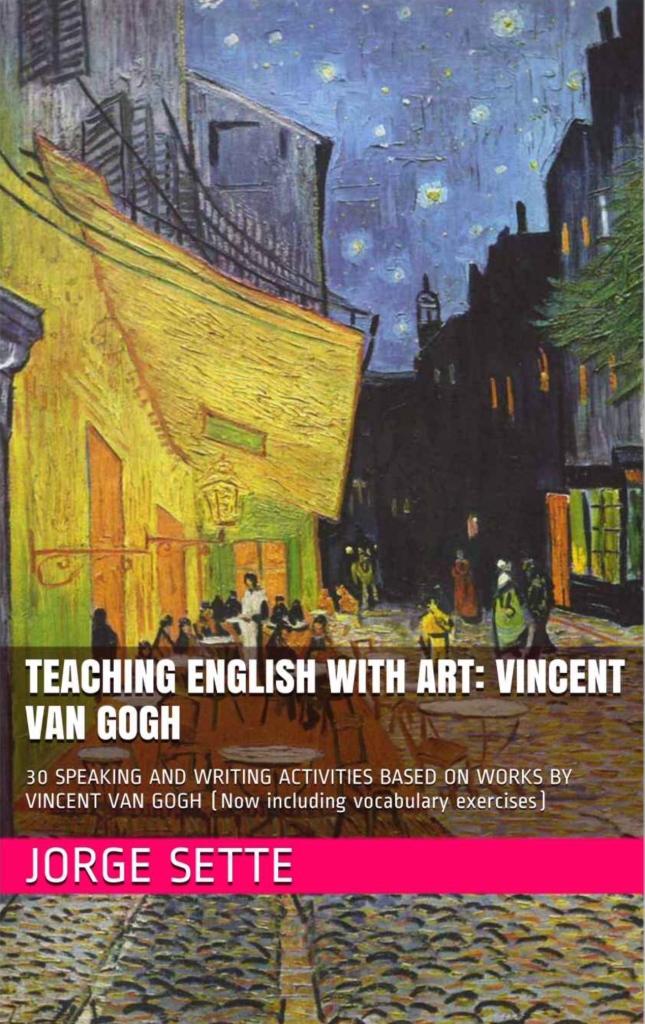One of the most controversial paintings in Western Art History is Velázquez’s intriguing The Maids of Honor (Las Meninas). Painted in 1656, it’s considered the Sevillian artist’s masterpiece. Critics and specialists have been debating how best to interpret this work for centuries, and of course, no analysis is conclusive.

Las Meninas (The Maids of Honor) by Velázquez, Diego.
The first question seems to be what Velázquez, who’s depicted on the left of the scene, in front of a huge canvas, is painting on it. Is he working on the very painting we see? This seems to be suggested by the palette in his left hand, whose blurred and mixed colors appear to replicate the image in front of us. However, how and why would he include himself in it?
Others, on the other hand, point out that there’s a mirror in the center background, reflecting the images of the king and queen of Spain at the time, Phillip IV and his second wife, Mariana de Austria, who would occupy the same position as the viewer as we look at the painting. This would explain why everyone seems to be gazing outward from the picture. They are actually staring at the royal couple, who would be the subject of Velazquez’s canvas within the painting. Complicated? Wait, it gets even more complex.
A third theory says that Velázquez is painting in front of a mirror (the clue is the way the parting of the hair of the Infanta Margarita, the blond girl in the center foreground, is reversed from what it would look like in reality). This would explain how the artist managed to include himself in the painting. This would also mean that everything we see is also flipped.
More interesting facts about the picture:
The central figure of the scene is the Princess or Infanta Margarita, who was about 5 years old at the time. Who are the other ten people represented in the painting? We can identify all of them historically, except for one. Flanking the Infanta, who’s at the center of the painting, we see the maids of honor. To the right of the Infanta, bowing – possibly due to the arrival of the king and the queen – we see Isabel de Velasco, and to the left, kneeling, as she offers the princess a glass of water or some kind of grease for the princess to dip her fingers in, as she seemed to have had some kind of disease, we have Doña Maria Augustina Sarmiento. On the right, we see the dwarfs Maria Barbola and Nicolas Pertusato, who is playing with the dog. The job of the dwarfs was to entertain the court members.
Behind the dwarfs, obscured by the lack of lighting, we notice Doña Marcela de Ulloa, the princess’s chaperone, and next to her, the only unrecognized figure in the painting, possibly a bodyguard. At the back, going up the stairs and opening the door, the queen’s chamberlain, José Nieto Velázquez, can be identified. The other three people are Velázquez himself and the reflections of the king and the queen in the mirror.
Another question is what kind of painting is this? It does not seem to be a portrait of Princess Margarita, due to its informality. Velázquez was a great portraitist and we have plenty of examples of what a portrait of the higher members of the court of Philip IV should look like: formal, pompous, rigid, authoritarian, exuding power. This depiction of Princess Margarida is nothing like that, resembling more a genre painting, like the bodegones (kitchen and tavern paintings Velázquez produced at the beginning of his career): this could be a snapshot of a regular day in the painter’s studio, known as “el cuarto del prince”.
Ultimately, Las Meninas could be a very personal statement of the artist about his own social status. A self-promoting artwork, to show his intimacy with the higher members of the court. The red cross painted on the left of his chest, which represents the Order of Santiago, seems to indicate this, although some critics guarantee this cross was painted only after the death of the artist, as a way of honoring him for his work under the king.
Now, all this complexity only adds to the attraction of this unique work of art, which not only shows masterful draftsmanship and use of color (the brushstrokes that make up the dresses of the ladies and their decorations seem to anticipate the Impressionist movement in some 250 years), but also to establish the concept of the painter as an intellectual.
If you ever go to Madrid, don’t even think of skipping a visit to The Prado, the museum in which this artwork hangs in all its majesty.
Jorge Sette
































